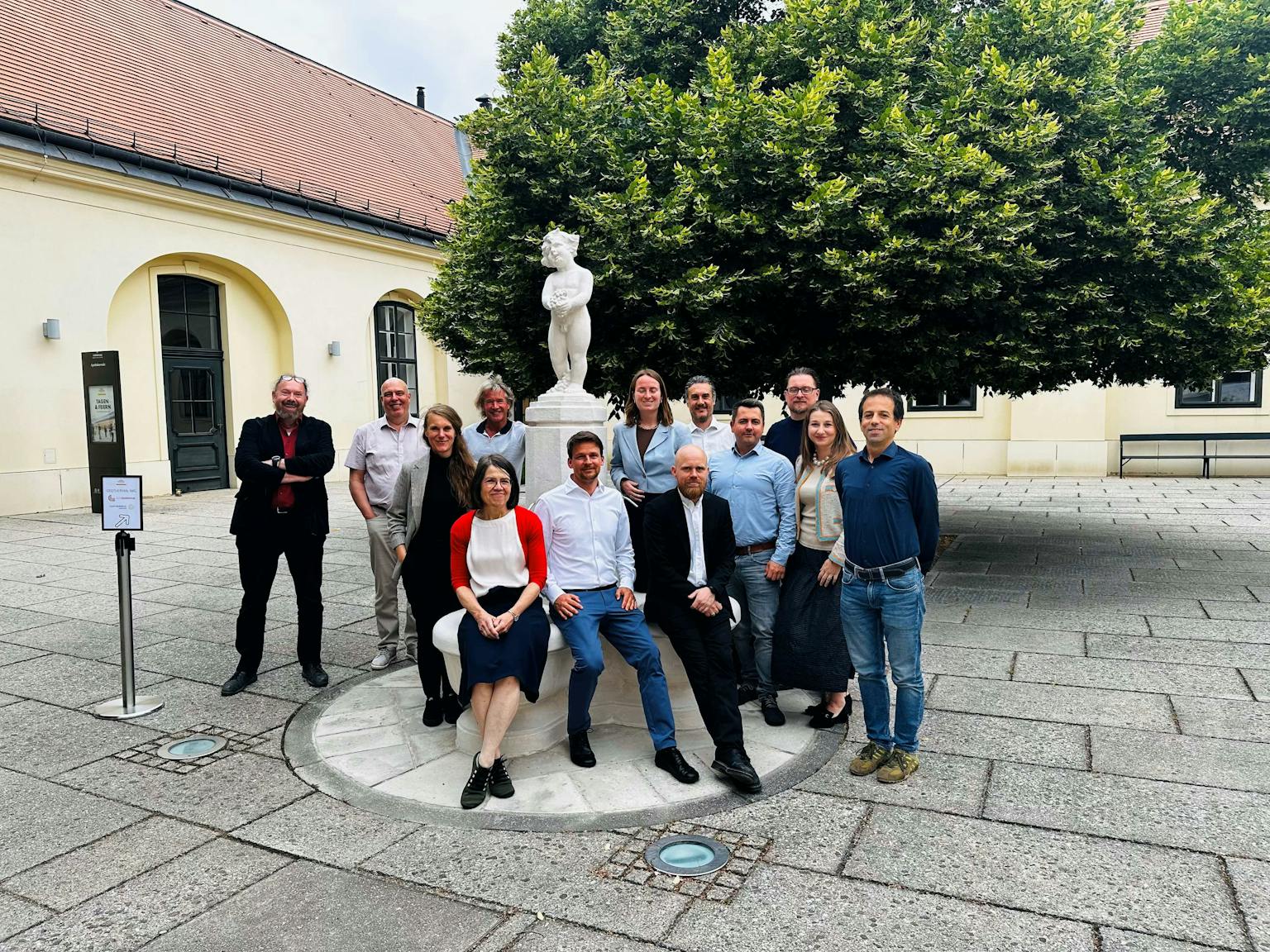22 May 2025
UTES Workshop 2025: Europe’s underground energy future takes shape in Vienna

UTES Workshop 2025: Europe’s underground energy future takes shape in Vienna
By Alicja Wiktoria Stoklosa GEORG Geothermal Research Cluster, GEOTHERMICA Initiative
On 22 May 2025, the halls of Schloss Schönbrunn in Vienna served as a fitting backdrop for a high-powered gathering of energy policymakers, researchers, and industry leaders. Hosted by the IWG Geothermal, IEA Geothermal, and GEOTHERMICA Initiative, the Underground Thermal Energy Storage UTES Workshop was more than just a technical exchange—it was a check on Europe’s readiness to embed UTES into the continent’s clean energy transformation.
From Austria to Iceland, national delegations came prepared to share not only their successes but also the lessons learned in rolling out underground heat storage. Austria positioned itself as a frontrunner. With a strong policy framework backed by the Austrian Climate and Energy Fund, it showcased flagship projects like ScaleUp and giga_TES. Public funding is being allocated to both R&D and implementation, with storage identified as a key enabler for decarbonising district heating.
Germany struck a more complex note. While financial support schemes like KWKG and BEW offer up to 40% cost coverage, the country continues to wrestle with a fragmented regulatory framework. Mining law, water law, and construction codes intersect, creating a complex bureaucratic framework that hinders project development. Yet momentum is building, with planned legislative reforms and projects like GeoSpeicher Berlin and DeepStor pointing the way forward.
The Netherlands, always pragmatic, brought a clear-eyed view rooted in economics and experience. Its widespread use of Aquifer Thermal Energy Storage (ATES) for commercial buildings goes back to the 1990s. But high-temperature UTES remains in pilot mode, and the sector is now grappling with another challenge: severe electricity grid congestion. That, they say, is slowing down the electrification of heating, especially in regions with a heavy industrial presence.
Switzerland’s update was heavy on detail and strategy. A newly introduced risk guarantee mechanism under its Climate and Innovation Act may prove to be a game-changer, potentially de-risking investments in UTES technologies. The country’s cantonal funding diversity, robust pilot projects, and detailed technical planning stand out. BTES projects are operational in cities like Zurich and Basel, while LT-ATES is gaining ground.
Iceland, unsurprisingly, delivered a geothermal success story—but with a UTES twist. While 99.9% of its electricity is already renewable and most homes are heated geothermally, Iceland is beginning to explore UTES applications in colder, less geothermally active regions. Their message was clear: they’re here to learn, partner, and scale.
Norway made waves with its Tromsø high-enthalpy aquifer project, where 11 wells will store up to 20 GWh of thermal energy using water-filled rock fractures. It's local, renewable, and doesn’t require rare earth elements or large surface footprints—a future-forward model for seasonal heat storage in northern climates.
Beyond policy and projects, finance took centre stage. Caspar Boendermaker of BNG Bank showed how a simple change in loan guarantee schemes could drop project capital costs from 7% to 3.75%. That’s not just accounting—it’s access. In Finland, QHeat’s borehole storage system at the Salo waste-to-energy plant demonstrated how geothermal storage can directly reduce emissions and boost plant efficiency under EU ETS constraints.
Wien Energie’s deep dive into pit thermal storage brought the conversation full circle, right back to Vienna. Their system is designed to balance heat demand daily and seasonally, with assumed efficiencies approaching 90%. It’s a proof-of-concept that could become a model for mid-sized cities across Europe.
Still, challenges abound. Funding gaps, inconsistent permitting, unclear business models—especially for high-temperature UTES—and grid constraints are slowing progress. The seasonal nature of heat demand is still underrepresented in energy planning, despite its evident strategic importance.
The takeaway? Europe is ready to embrace UTES—but it needs alignment. Participants called for a unified European strategy, cross-border risk-sharing mechanisms, shared data, and stakeholder engagement that goes far beyond policymakers.
A follow-up UTES Symposium meeting is set for October 6, where discussions will move from insights to implementation. Until then, one thing is sure: UTES has moved from the margins to the mainstream of Europe’s energy future.
Here you can find the presentations from the workshop:
Session 1: UTES Policies
Germany – Stephan Schreiber
Netherlands – Gerdi Breembroek
Switzerland – Stephan Bolay
Iceland – Kristján Geirsson
Austria – Sandra Braumann
Session 2: UTES Projects & Business Cases
Caspar Boendermaker: Financing and Business Case for UTES
Eivind Bastesen: Tromsø UTES (FTES)
Rami Niemi: Lounavoima UTES (BTES)
Rusbeh Rezania: Vienna UTES (CTES/PTES/TTES)